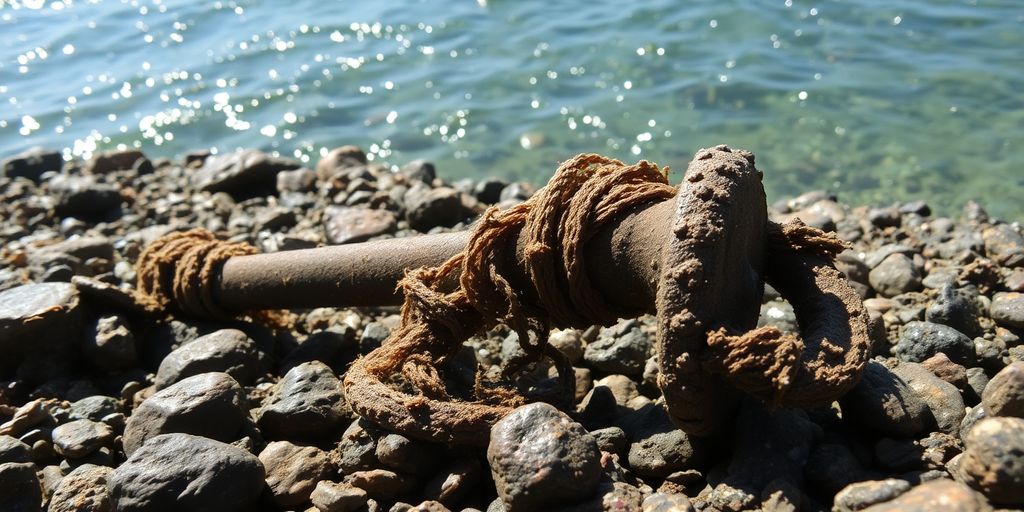Authorities in Finland have successfully recovered an anchor from the Gulf of Finland, believed to be linked to the Russian oil tanker Eagle S. This vessel is under investigation for its suspected involvement in damaging critical undersea cables, raising concerns about potential espionage activities in the region.
Key Takeaways
- The anchor was retrieved by the Swedish Armed Forces’ HMS Belos.
- The National Bureau of Investigation (NBI) suspects the anchor was used to sever a power cable between Finland and Estonia.
- Eight crew members of the Eagle S are under investigation for aggravated sabotage.
Background Of The Incident
On Christmas Day, a series of undersea cable breaks were reported, prompting an investigation by Finnish authorities. The Eagle S, which had been operating in the area, became a focal point of this investigation. The NBI has since identified the anchor as a crucial piece of evidence in determining the cause of the cable damage.
Recovery Operation
The anchor was located and lifted from the seabed during a joint operation involving the Finnish Defence Forces and the Swedish Navy. The operation was conducted using the multipurpose vessel HMS Belos, which played a significant role in the recovery efforts.
Detective Superintendent Risto Lohi from the NBI stated, "The location where the anchor was found is along the Eagle S’s route, at the level of the Porkkala Peninsula." This suggests that the anchor may have been dragged along the seabed, potentially causing the damage to the cables.
Ongoing Investigations
Following the recovery, the NBI has begun technical examinations of the anchor to confirm its ownership and to understand its role in the cable damage. Investigators are also looking into the circumstances surrounding the anchor’s detachment from the Eagle S.
The ship has been seized and is currently docked at the oil port of Kilpilahti in Porvoo, where authorities are analyzing its equipment and questioning the crew. Eight crew members have been issued travel bans to facilitate ongoing investigations into their actions during the incident.
Implications Of The Incident
The damage to the undersea cables has raised alarms about the security of critical infrastructure in the region. The C-Lion1 submarine cable, owned by Finnish telecommunications company Cinia, was one of the cables affected. Cinia has filed a court application to seize the Eagle S to secure compensation for the damages incurred.
This incident is part of a broader pattern of concerns regarding Russian activities in the Baltic Sea, particularly in relation to undersea cables, which are vital for global communications. The situation has prompted discussions among international agencies about the need for enhanced protection of these infrastructures.
Conclusion
The recovery of the anchor from the Gulf of Finland marks a significant development in the investigation into the Eagle S and its potential role in damaging undersea cables. As authorities continue their inquiries, the incident underscores the vulnerabilities of critical infrastructure and the geopolitical tensions in the region.

